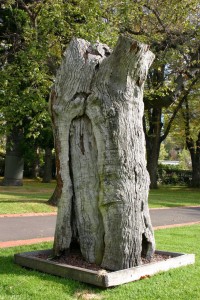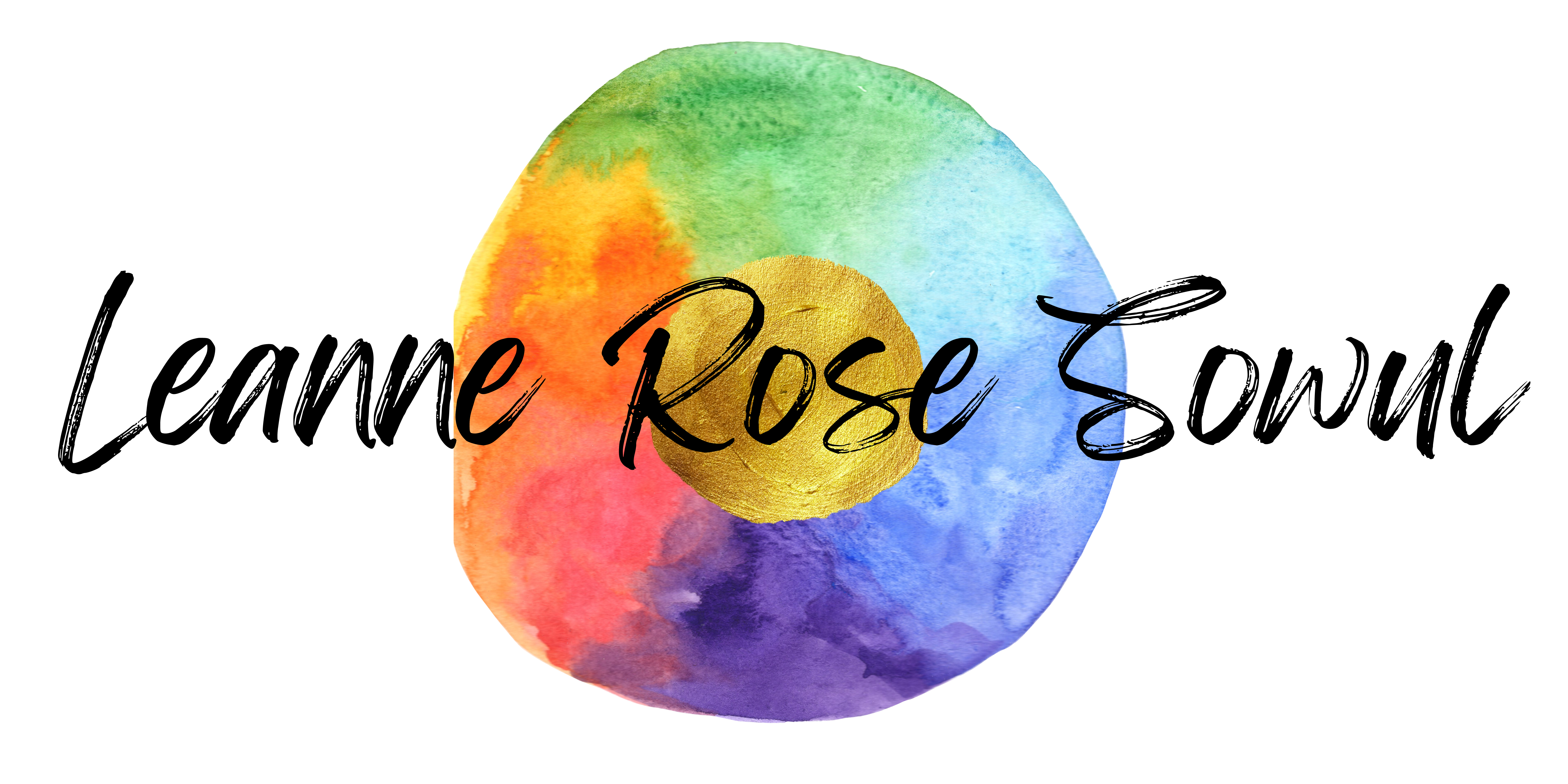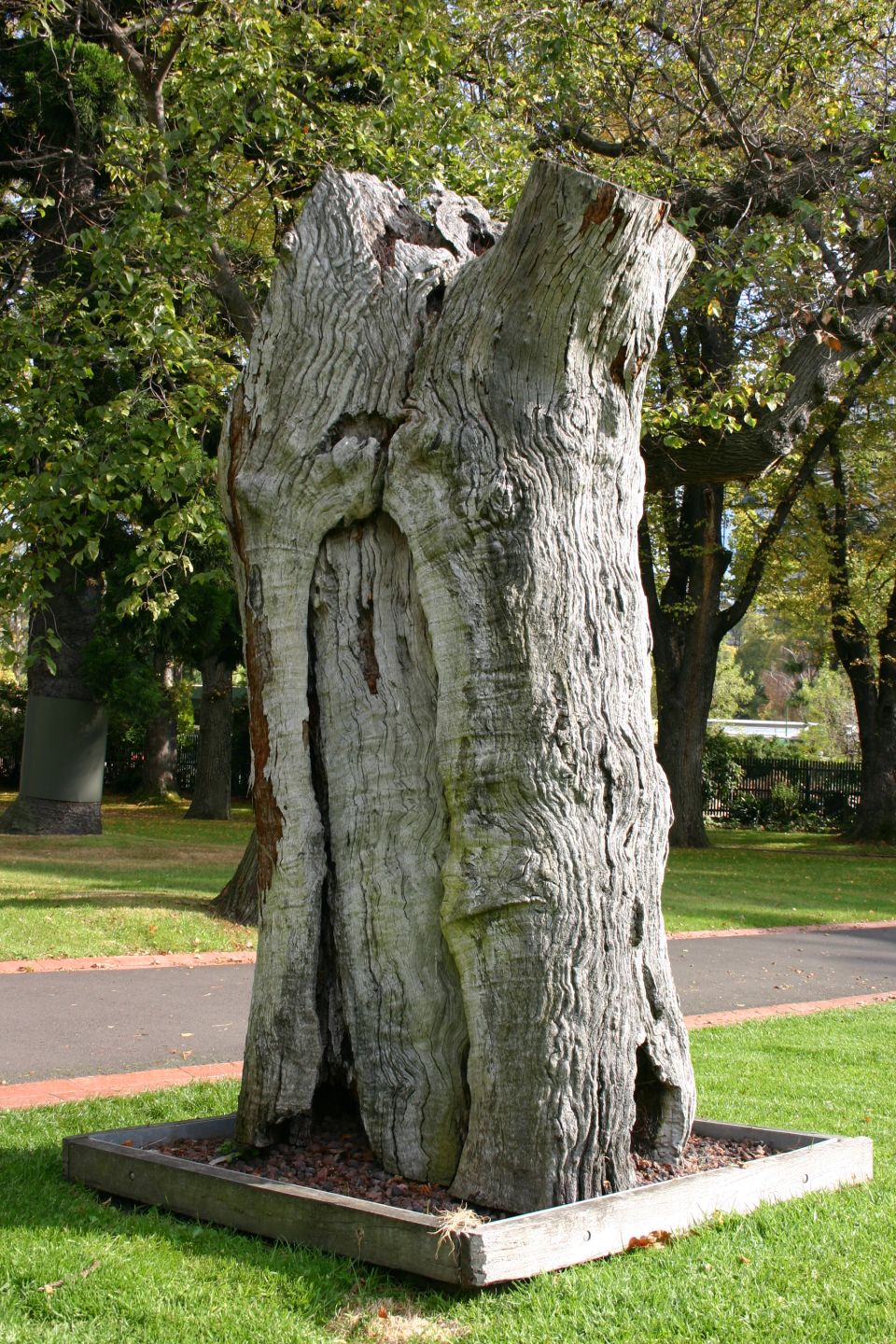
One doesn’t get to adulthood without acquiring a few scars, of both the emotional and physical kind. You could be emotionally scarred from a difficult childhood, from being bullied, rejected, dumped or passed over. You could be physically scarred by broken bones, surgeries, regretted tattoos, or self-mutilation. Everyone carries the scars of aging, which include wrinkles, gray hairs and sagging bodies. Some people obsess over physical scars by applying creams and vitamins, by exercising or lasering them away. Others obsess over emotional scars through therapy, alcohol or pills. With a variety of scar-treatments at our disposal, it’s clear that the scars themselves carry a lot of weight. What do we do to lessen the burden of carrying them? How do we take our ugly scars and make them beautiful?
Like everyone, I have scars- more than some, less than others. Emotionally, I didn’t have a difficult childhood, but I often had a hard time in school because I was very shy, and I was bullied on the school bus for about a year. Then I got cancer, which came with its own set of scars, including the physical ones. I’ve had visible physical scars since I was fourteen. A short “smile” at the base of my neck after the first surgery (thyroid gland removal) turned into two long, unevenly parallel “train tracks” snaking up to my ears after the second surgery (lymph node dissection). For a long time, they were red, then they turned to pink, and now I almost never notice them, though whether that’s from blending in or my getting accustomed to them, I don’t know. I’m also getting the scars of age: wrinkles, frown lines, post-pregnancy stretch marks. (No gray hairs yet, thankfully.)
I’m 32, and I have scars. And most of the time, I think they’re beautiful.
I didn’t always think they were beautiful. I used to wear turtlenecks to hide my neck. I even wore sleeveless turtlenecks during an excruciatingly hot summer band camp that took place right after one of my surgeries. (In that case, besides hiding my scars, I was also hiding surgical tape that wouldn’t be removed until after camp was over, so maybe that makes it more understandable.) But somewhere along the way, I lost the need to hide. I became proud of my scars. I was a survivor, and I was proud of my story; I didn’t mind if people noticed them and asked questions. Now I make it a point never, ever to wear turtlenecks. (V-necks suit my face shape better, anyway.)
How did I learn to appreciate the beauty of my scars? It was a long process, and I wasn’t aware of it happening. But I think it comes down to one main thing: when I was finally able to feel grateful for my cancer, I started to see my scars as something unique to me, a symbol of what I’d been through and the strength I’d needed to show. The scars became a physical manifestation of that gratitude for survival, for strength, for the support I’d been given, for the life I’d built since.
The key to finding scars beautiful, whether they be emotional or physical, is to come to peace with what caused them to form in the first place.
Do you have scars? Are they beautiful to you? Why?


One thought on “How Scars Become Beautiful”